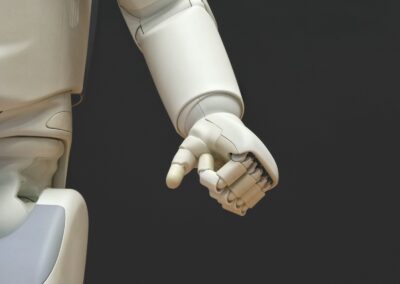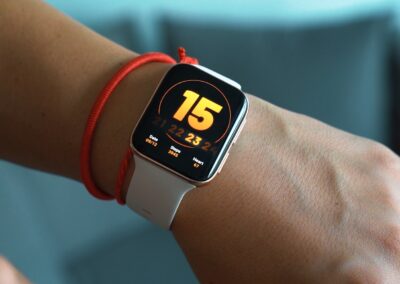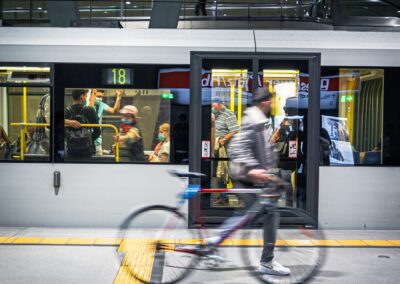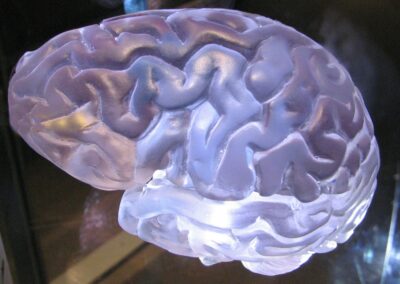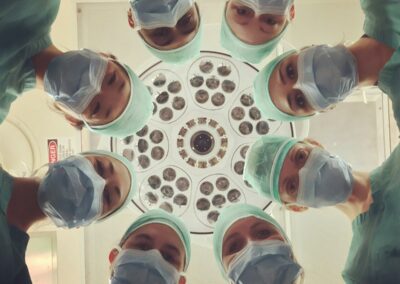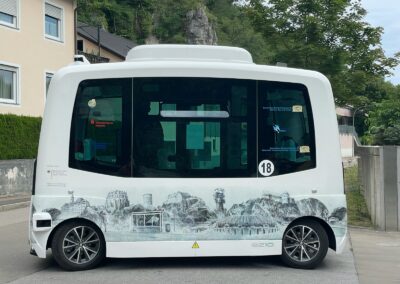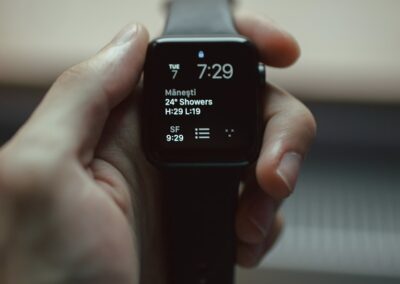Revolutionizing Mobility with Exoskeletons
Introduction to Exoskeleton Technology
The benefits of exoskeletons for mobility impairments are vast and transformative, offering a new lease on life for individuals facing mobility challenges. In regions such as Saudi Arabia and the UAE, where innovation in healthcare technology is rapidly advancing, exoskeletons represent a significant leap forward. These wearable robotic devices support and enhance the movement of those with impaired mobility, providing both immediate and long-term benefits.
Exoskeletons are designed to mimic the natural movement of the human body. They can be powered or passive and are used in various applications, from medical rehabilitation to enhancing the capabilities of workers in industrial settings. For individuals with mobility impairments, exoskeletons provide the support needed to stand, walk, and perform daily activities that might otherwise be impossible.
In cities like Riyadh and Dubai, the adoption of exoskeleton technology is gaining momentum. Hospitals and rehabilitation centers are integrating these devices into their treatment programs, offering patients new opportunities to regain independence and improve their quality of life. The implementation of exoskeletons not only aids in physical rehabilitation but also boosts the psychological well-being of users by restoring their ability to move freely.
Immediate Benefits of Exoskeletons
The immediate benefits of exoskeletons for individuals with mobility impairments are profound. These devices offer significant physical support, enabling users to perform movements that would be challenging or impossible on their own. For example, individuals with spinal cord injuries or those recovering from a stroke can use exoskeletons to regain the ability to walk, which is crucial for their rehabilitation process.
In the UAE, advanced healthcare facilities are utilizing exoskeletons to provide targeted therapy for patients. This technology helps in strengthening muscles, improving circulation, and reducing the risk of complications such as pressure sores and muscle atrophy. Additionally, the ability to stand and walk with the aid of an exoskeleton can alleviate pain and discomfort associated with prolonged sitting or lying down.
Beyond the physical advantages, exoskeletons have a significant impact on the mental health of users. The psychological benefits of being able to move independently and perform daily tasks cannot be overstated. In Riyadh, healthcare providers are noting improvements in patients’ self-esteem and overall mental health as they regain their mobility and independence through the use of exoskeletons.
Long-term Benefits of Exoskeleton Technology
The long-term benefits of exoskeleton technology extend beyond immediate physical rehabilitation. Regular use of exoskeletons can lead to lasting improvements in strength, endurance, and overall health. For individuals with chronic mobility impairments, these devices offer a sustainable solution for maintaining and enhancing physical capabilities over time.
In Dubai, long-term studies are being conducted to assess the impact of exoskeletons on patients’ health outcomes. These studies indicate that consistent use of exoskeletons can prevent secondary health issues commonly associated with immobility, such as cardiovascular problems and diabetes. By promoting regular movement and exercise, exoskeletons help users maintain a healthier lifestyle, reducing the need for medical interventions in the future.
Moreover, the integration of Artificial Intelligence (AI) in exoskeletons is opening new frontiers in personalized healthcare. AI algorithms can adapt the exoskeleton’s movements to the specific needs and progress of each user, providing customized support and optimizing rehabilitation. In Saudi Arabia, where technological advancements are highly encouraged, the development of AI-enhanced exoskeletons is a key area of focus, promising even greater long-term benefits for individuals with mobility impairments.
Exoskeletons: A Paradigm Shift in Healthcare
Innovative Healthcare Solutions in the Middle East
The Middle East, particularly Saudi Arabia and the UAE, is at the forefront of adopting innovative healthcare solutions. The introduction of exoskeletons in the region’s medical facilities is a testament to this commitment to innovation. These countries are investing heavily in healthcare technology to improve patient outcomes and quality of life.
In Riyadh, leading hospitals are incorporating exoskeletons into their rehabilitation programs, providing patients with access to cutting-edge treatments. These advancements align with the broader vision of transforming the healthcare sector through innovation and technology. By leveraging the benefits of exoskeletons, Saudi Arabia is setting a benchmark for modern healthcare practices in the region.
Similarly, in the UAE, healthcare providers are embracing exoskeleton technology to enhance the treatment of mobility impairments. Dubai’s healthcare institutions are known for their state-of-the-art facilities and commitment to patient care. The integration of exoskeletons into their services underscores their dedication to adopting the latest advancements to benefit their patients.
Challenges and Future Prospects
While the benefits of exoskeletons are clear, there are challenges to their widespread adoption. The high cost of these devices and the need for specialized training for healthcare providers can be barriers. However, ongoing research and development are focused on making exoskeletons more affordable and accessible.
In Saudi Arabia and the UAE, efforts are being made to overcome these challenges. Government initiatives and partnerships with technology companies are aimed at reducing costs and increasing the availability of exoskeletons. Additionally, training programs for healthcare professionals are being established to ensure the effective use of this technology in patient care.
The future prospects of exoskeleton technology are promising. As research continues and technology advances, we can expect to see even more sophisticated and versatile exoskeletons. These developments will not only enhance the quality of life for individuals with mobility impairments but also expand the potential applications of exoskeletons in various fields, from healthcare to industry.
Conclusion: Embracing the Future of Mobility
The future of mobility for individuals with impairments is being transformed by the advent of exoskeleton technology. In regions like Saudi Arabia and the UAE, the commitment to healthcare innovation is paving the way for these advancements. The benefits of exoskeletons, from immediate physical support to long-term health improvements, are profound and far-reaching.
As these technologies continue to evolve, they offer a glimpse into a future where mobility impairments no longer limit individuals’ potential. By embracing exoskeleton technology, we can enhance the quality of life for countless individuals, providing them with the freedom and independence to lead fulfilling lives. The journey towards this future is already underway, and the possibilities are boundless.
#Exoskeletons #MobilityImpairments #QualityOfLife #HealthcareInnovation #SaudiArabia #UAE #Riyadh #Dubai #ModernTechnology #AIinHealthcare


